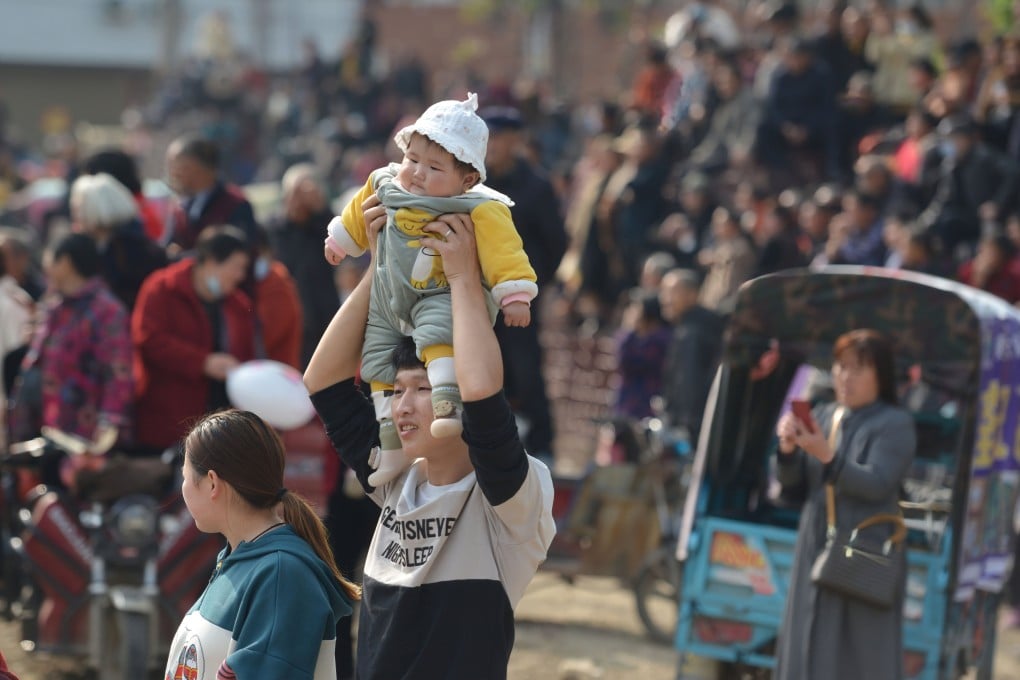China population: ‘extremely low’ birth rate in Wuhu highlights national demographic crisis
- In 2020, the fertility rate in the eastern Chinese city of Wuhu was 1.11, below the national average and under the rate of generational replacement of 2.1
- Wuhu’s birth problem offers a window into China’s demographic challenges, which threaten to weigh on economic productivity and burden the pension system

The number of births in the eastern Chinese city of Wuhu has fallen to “an extremely low level” and the local population is at risk of natural decline, authorities have said, in the latest example of the demographic crisis facing the world’s No 2 economy.
In 2020, the fertility rate in Wuhu was 1.11, meaning that a woman of childbearing age between 15-49 years old had on average one child in her lifetime, lower than the national rate of 1.3 in the same period.
The data, which was published online by the local statistics office last week, has since been removed from the internet, but was widely reported and reproduced in the Chinese media.
Demographers say that to maintain a population of roughly the same size between generations, a nation’s fertility rate must be at least 2.1. Once the rate falls below 1.5, a population is at risk of falling into a “low fertility trap”, a self-reinforcing process in which it is difficult to turn around falling births and the related economic consequences.
Wuhu’s birth rate in 2020 was 8.14 per 1,000 people, below the national average of 8.52, and under the 1.5 per cent birth rate needed to maintain natural population growth.
